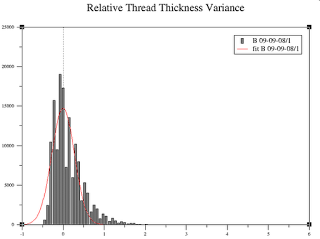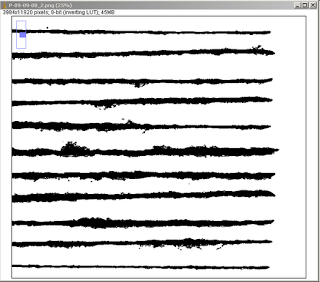Since I had some more little troubles with xmgrace yesterday, I used the Phone-a-Friend Lifeline and did just that. And thus got myself a nice little one-on-one, flesh-and-blood Grace tutorial.
Where I learned the following Two Rules for Getting Grace:
Rule one: If plotting or importing data does not work, you probably have a dumb user problem and screwed up your dataset. Which is easy to do - just add a line break at the wrong place, or leave a string in.
Rule two: When working with grace, pretend it's a jump-and-run game or an egoshooter - save early, save often, save lots of different versions. Grace has no undo function, and hitting the wrong button (or even the right button) at the wrong time can permanently screw up things.
I'm not sure whether there's a third rule - insist on grace being totally cool and a very good tool no matter how much trouble it can make - but I will find that out (probably).
For now, though, I know how to get stuff like this:
so I'm perfectly content.
Where I learned the following Two Rules for Getting Grace:
Rule one: If plotting or importing data does not work, you probably have a dumb user problem and screwed up your dataset. Which is easy to do - just add a line break at the wrong place, or leave a string in.
Rule two: When working with grace, pretend it's a jump-and-run game or an egoshooter - save early, save often, save lots of different versions. Grace has no undo function, and hitting the wrong button (or even the right button) at the wrong time can permanently screw up things.
I'm not sure whether there's a third rule - insist on grace being totally cool and a very good tool no matter how much trouble it can make - but I will find that out (probably).
For now, though, I know how to get stuff like this:
so I'm perfectly content.






